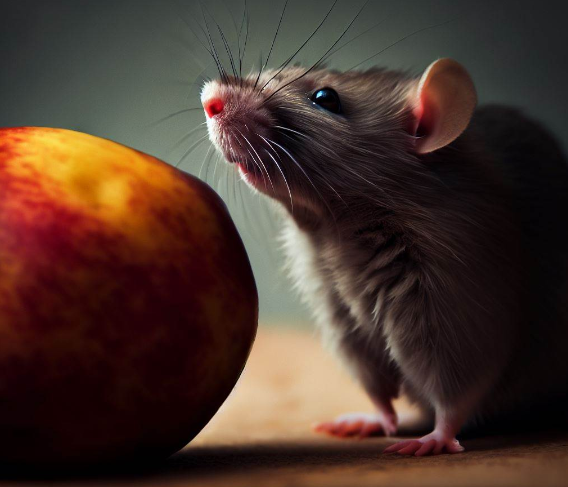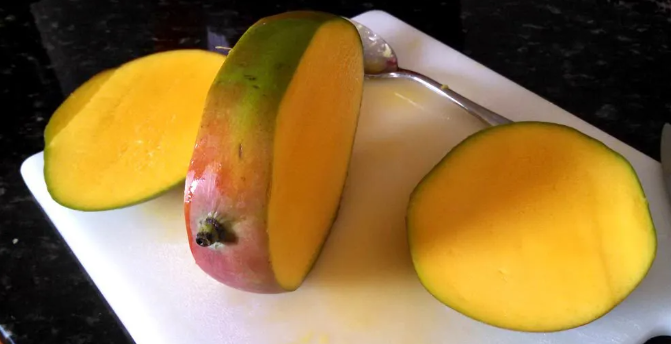You might see lots of fruits without seeds at the grocery store and wonder if they are made using GMOs, which stands for genetically modified organisms. Some people are not sure if it’s okay to eat these kinds of fruits because they don’t have seeds.
The simple answer is that it depends. There are different ways to make fruits without seeds. Some methods involve changing the fruit’s genes, but other times regular farming tricks are used to get rid of the seeds without any fancy science.
Natural Ways to Make Seedless Fruits
Lots of fruits we eat, like grapes, oranges, and watermelons without seeds, were made by farmers using old school methods. They took two types of plants and mixed them together to make a new type that doesn’t have any seeds.
Some plants naturally have mutations, which are like accidental changes. For instance, one grape plant might have a weird change that makes it not have pollen. If you breed this grape with a regular one, their babies can grow up to be a kind of grape that won’t have seeds. This is all natural, with no GMO stuff.
Another way to get seedless fruits is by zapping the plants with rays or chemicals to make them change a bit. These can lead to having fruits that don’t grow seeds. As long as the plant’s DNA isn’t messed with directly, these fruits are not called GMOs.
Then there’s a trick called triploid breeding. This is when you make a plant with an odd count of chromosomes, which are the instructions inside every living thing. Plants with these uneven numbers often can’t make seeds correctly. By cloning certain plants and mixing them together, farmers can create fruits without seeds in a way that’s still natural.
Using Science to Make Seedless Fruits
While most seedless fruits still come from the old ways, scientists have figured out how to tweak their genes to make them without seeds. They use very smart tools like RNA interference (RNAi) and CRISPR to switch off the parts of the plant’s code that makes seeds.
For example, there have been experiments since the ’90s on papayas where researchers used RNAi to stop seeds from growing. This method targets the specific parts of the plant’s code that are needed for seeds and turns them off.
Scientists also have ways to change a plant’s DNA to make it unable to produce the stuff needed for seeds. When plants can’t make seeds, the fruit they grow will also be seedless.
These fancy gene editing skills mean we might see all kinds of custom fruits without seeds one day. But for now, you can’t really buy any GMO seedless fruits at the store – they’re just not out yet.
Do You Need to Worry About Seedless Produce?
Most experts say that fruits without seeds are just as safe to eat as normal fruits. Taking out the seeds doesn’t make them bad for you.
However, some people are concerned that these seedless plants could mix in with wild ones and cause problems for nature. But this is not likely because these fruits mostly need special care from farmers to grow.
There’s a lot of talk about GMOs, but the truth is, the seedless fruits you usually find in shops come from those traditional ways, not GMOs. In the future, we might see more fruits created using gene technology, but that’s not the case just yet.
In the end, you should choose what feels right for you. If you’re not comfortable with GMOs, you can always look for organic fruits without seeds that are guaranteed not to be made using gene editing. But for anyone who just likes the easy eating of seedless fruits, both the non-GMO and GMO types are good to eat.









